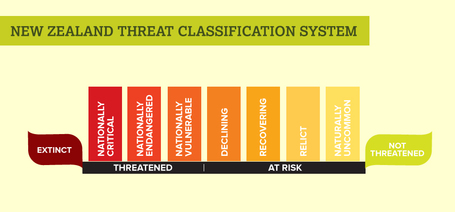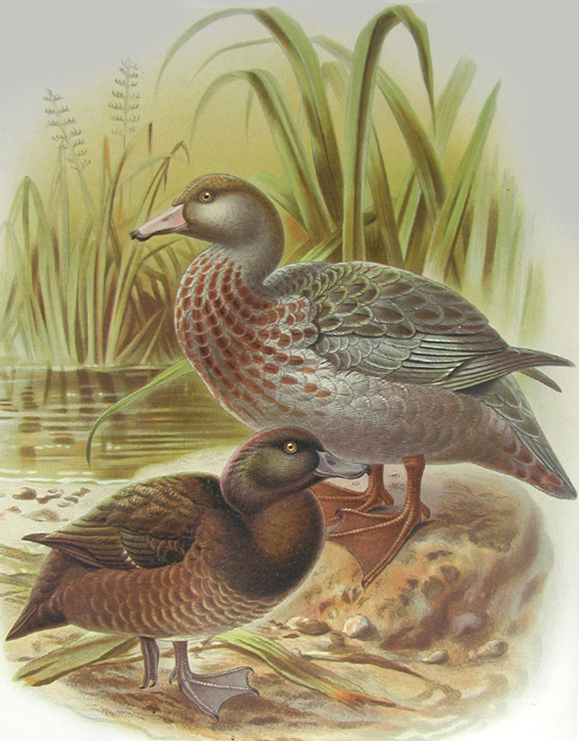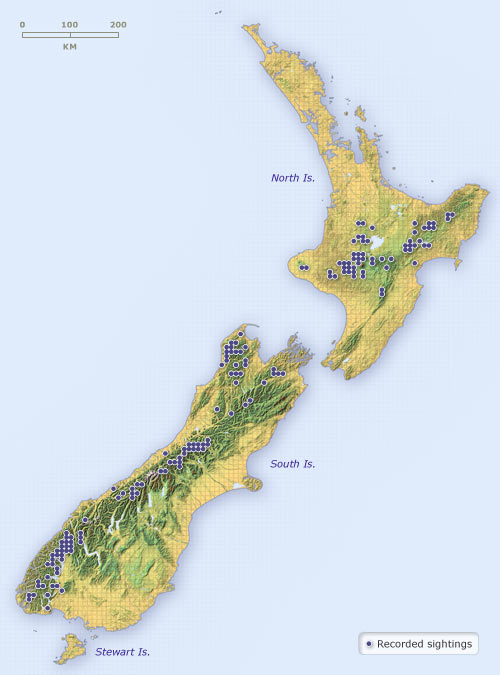WHIO WHACTS
|
|

The stoat, Mustela erminea, is the most significant threat. They were introduced to NZ to control the rabbit plague. They quickly became Bird enemy number one."A bird whose home has come to symbolise the very heart of natural New Zealand. A clean forested land laced with fast running rivers”
David Young Whio: Saving New Zealands Blue Duck 2006
The Whio recovery plan There are eight security sites where WHIONE and captive breeding, and predator control, are helping to secure the existing population. This is mostly DOC work along with sponsorship from Whio forever. The aim is to get 50 breeding pairs at each site by 2019. Recovery sites are other small areas across NZ where Whio are just hanging on. These areas have some DoC help and a lot of voluntary efforts to protect the birds. In 2014 the southern Ruahines Whio were listed as a recovery site. This is heartening recognition that shows what we are doing is worth it. Whione: Whio operation Nest Egg. Wild bred eggs are collected and raised in captivity for release back into the wild. A slow and expensive way to increase numbers. Captive breeding. The aim is to increase numbers and widen the genetic base of populations. This involves breeding, hatching, raising and hardening birds before tagging and release into security sites. Breeding has successfully helped bring the Whio back to Egmont National Park; Mount Taranaki. |



